Rush Skeletonweed (Chondrilla juncea)
1B, limited presence in Montana
Quick ID
- Many branches with few or no leaves, “skeleton-like” appearance
- Downward pointing hairs at base of stem
- Plant parts exude a milky latex when broken
- Up to 4’ tall
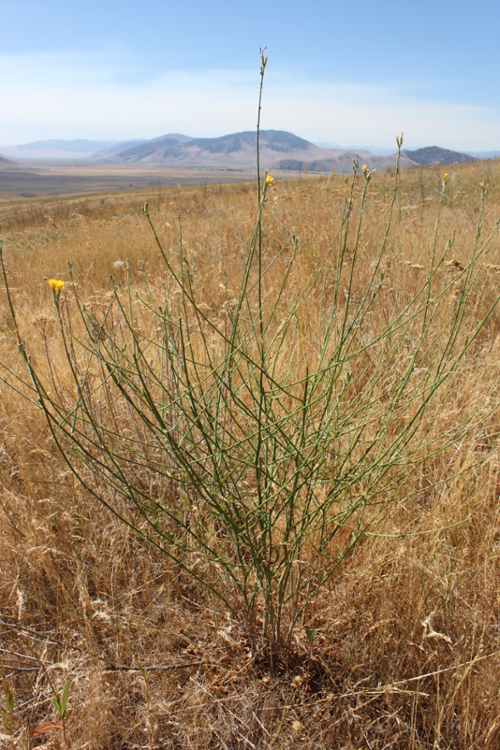
Rush Skeletonweed Plant
Video Information
Weed Images
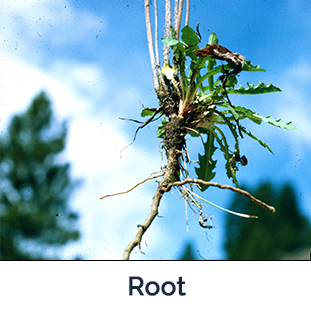
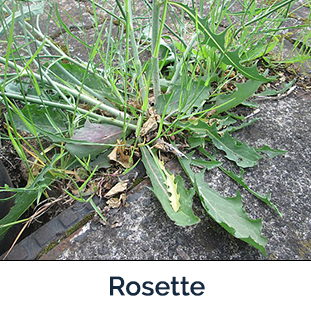
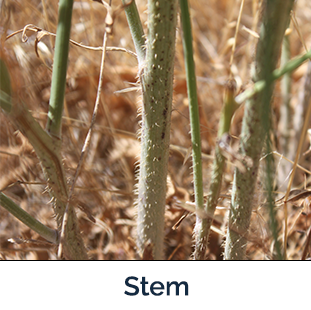
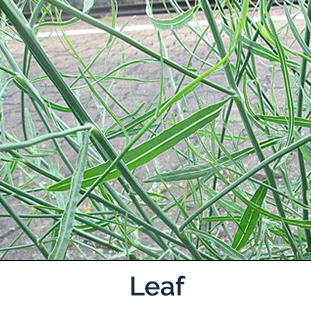
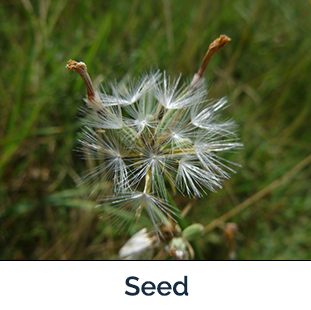
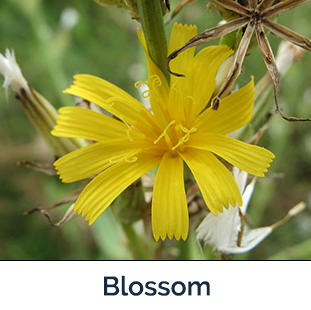
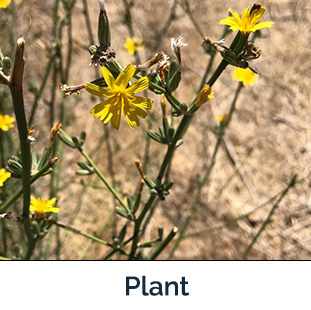
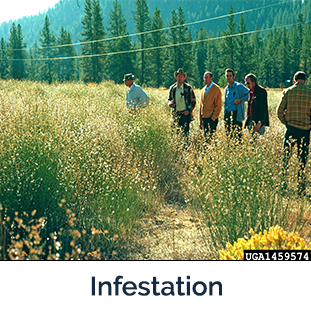
Weed Specifications
| Type | Information |
|---|---|
| Toxicity | Not toxic, but can reduce forage production, and is problematic in wheat and grain crops in other countries. |
| Best Management Practices | Hand pulling multiple times per year for several years, competitive and healthy plant community, grazing, herbicide, and biocontrol is variably effective in other states. |
| Habitat | Disturbed areas with well-drained soil. |
| Root | Deep taproot and reproduces with adventitious buds. |
| Leaves | Lobes of basal leaves point backwards toward the leaf base, upper leaves are sparse or nonexistent. |
| Lifespan | Perennial |
| Similar Looking Plants | Dandelions at rosette stage, native skeletonweeds, tumble mustard, chicory, prickly lettuce. |
| Important Information | Each plant can produce thousands of seeds and the seeds can blow miles from the plant, fire encourages population spread, plants can spread from small root fragments and tillage is also not encouraged. |


